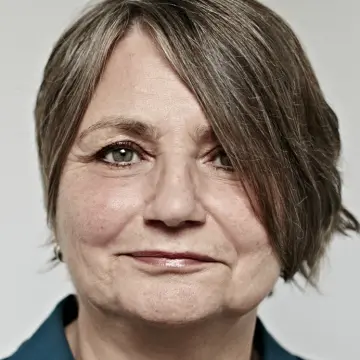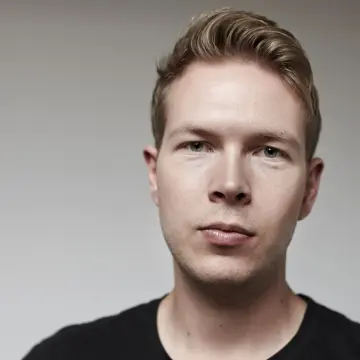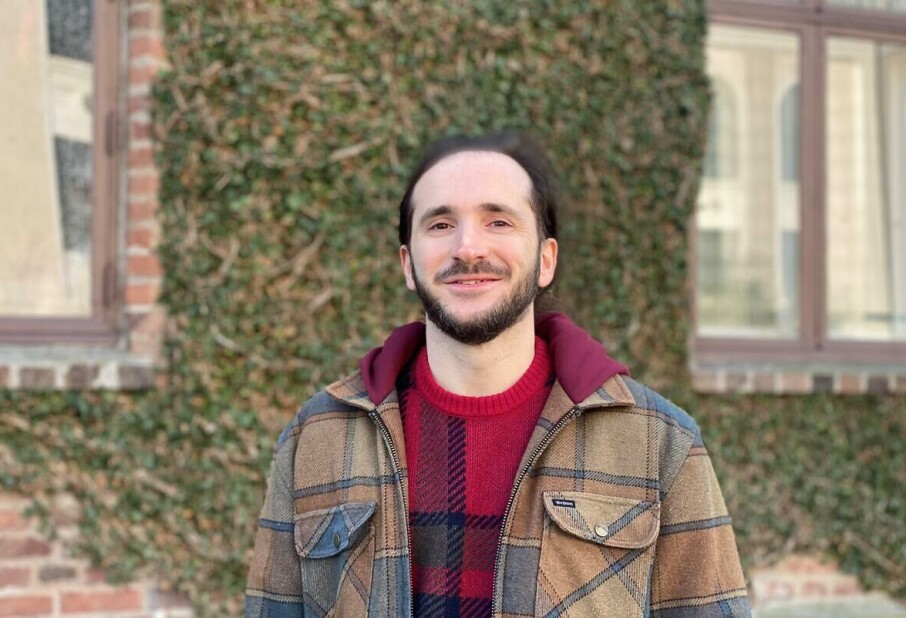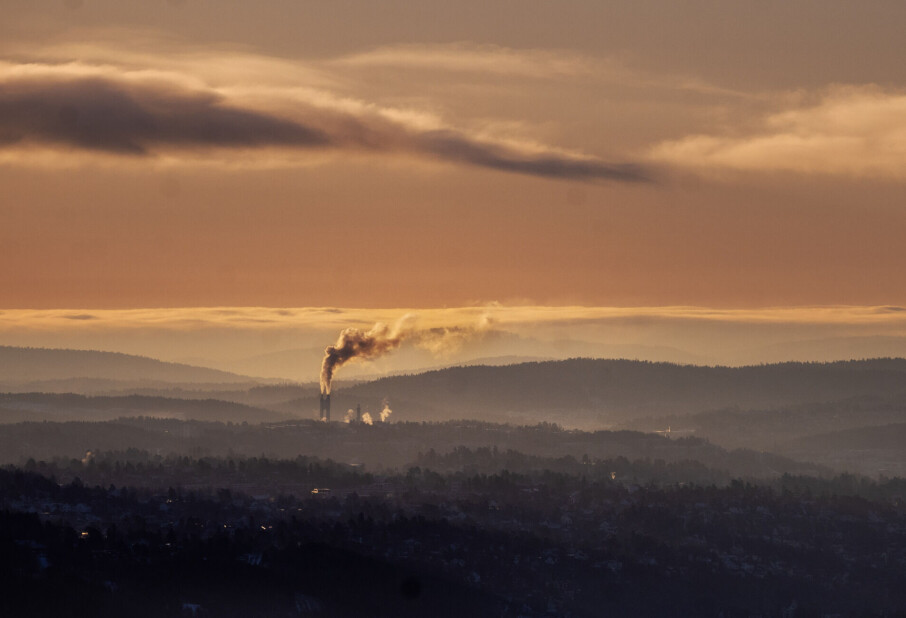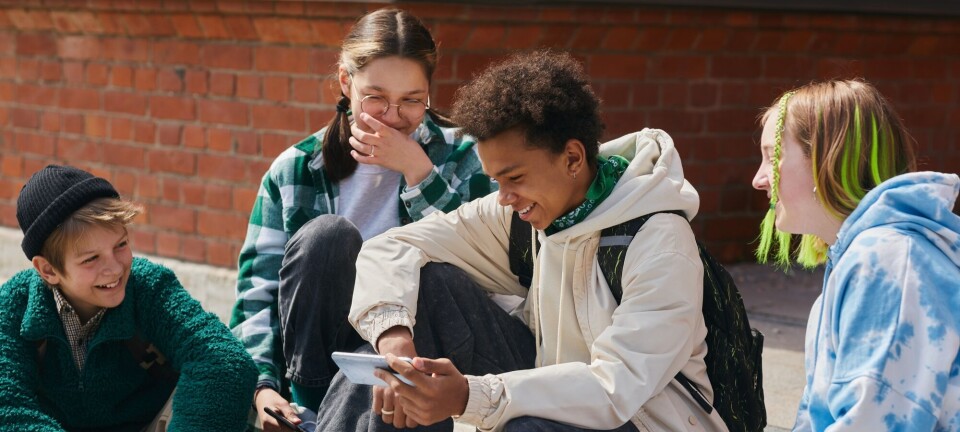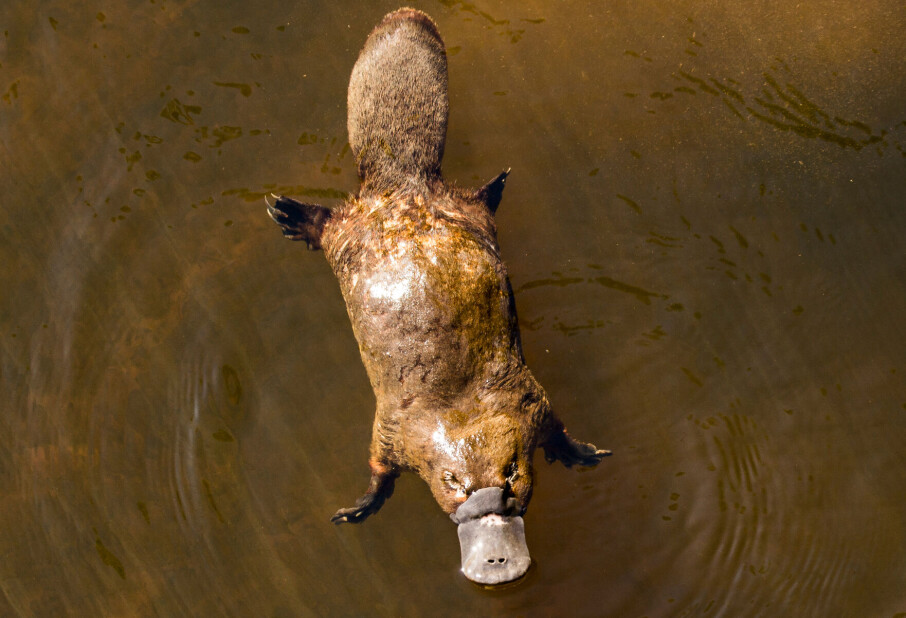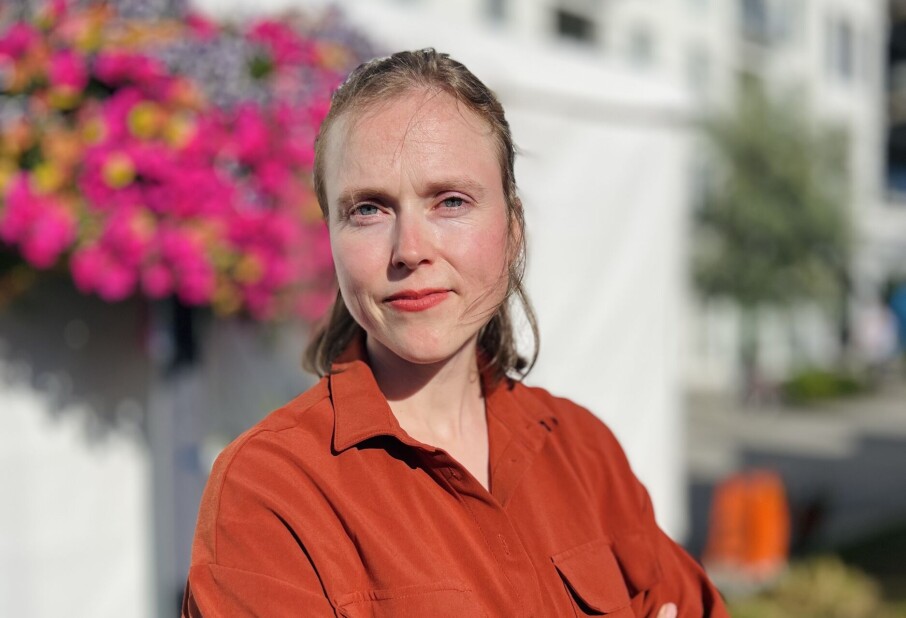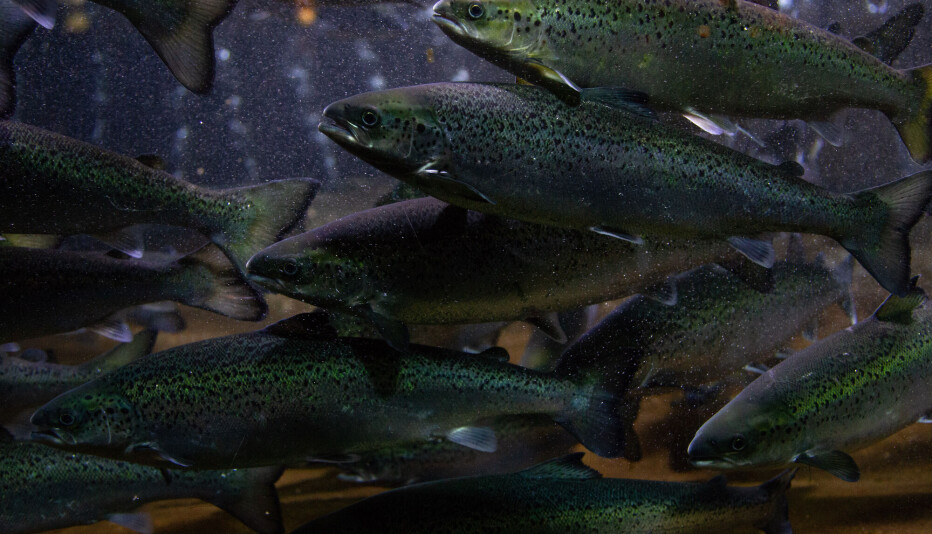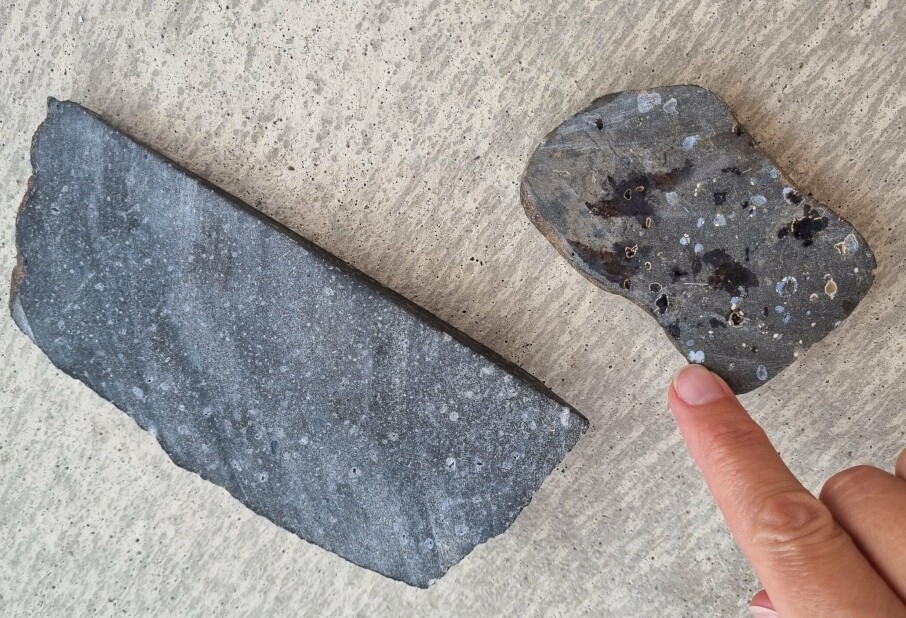A Norwegian missionary school for Native American children participated in cultural genocide
“If you want to break a people, you take away their children,” says Deidre Whiteman.

(USA): In the 1866 annual report from the Commissioner of Indian Affairs it was recommended that Native American children should be removed from their parents to receive a good education.
At this time, the Indigenous population was being squeezed into ever smaller areas of land. The agreements between the Indigenous nations and the federal government had been broken time and again. Money and supplies were not forthcoming. Rebellions had been put down. The slaughter of the bison had begun. Forced relocation, imported diseases, and loss of hunting grounds led to disease, starvation, and death.
Then it was the children's turn.

There were schools on the reservations. But it was not enough.
"In our societies, children were the most sacred. The authorities knew that. They also knew that to break a people, you take away their children," says Deidre Whiteman. She is the research director at the National Native American Boarding School Healing Coalition in Minneapolis.
She is also of the Spirit Lake Dakota people. One of the peoples displaced by Norwegian and other European immigrants in the Midwest.
School cheaper than genocide
The authorities ordered that Indigenous children be sent to boarding schools.
“It's cheaper to educate Indians than to kill them,” said the head of the Bureau of Indian Affairs, Thomas Morgan, at the opening of a boarding school in Phoenix in 1891.
For it was through school, discipline, and Christian salvation that the 'savage' children would become part of American society.
Richard Henry Pratt, the founder of the Carlisle Indian School in Pennsylvania, said that the purpose was to "kill the Indian and save the man."

"We are obligated to them"
The churches of Norwegian immigrants to Wisconsin belonged to The Synod of the Norwegian Evangelical Lutheran Church in America. They also started a boarding school.
It began when one of the ministers one day went through a forest. He 'discovered the Red Man wandering about without hope and without God,' says a brochure from the school.
"When the Norwegian Synod discussed whether to start a boarding school, one of the arguments was that they had an obligation," says historian Anna Peterson at Luther College in Iowa.
A meeting report states: 'It is right to begin a mission among the Indians, since we occupy the land which was once their land, and we are obligated to them.'
Bethany Indian Mission School was established in 1884.

200 years since the first emigrants left

In 2025 it will be 200 years since the first Norwegian emigrants travelled to the USA. Science Norway's reporting trip has been made possible through support from the Fritt Ord Foundation. Science Norway has full editorial freedom.
The parents protested
It was slow at first, according to Pastor Thorvald M. Rykken. He was the son of Norwegian immigrants and worked at Bethany for ten years.
'It was no easy task to get a foothold among these people, as they seemed contented in the immense wood ... and they saw no need of changing,' Rykken wrote in this booklet from 1921.
In Wisconsin there were ten other boarding schools. Across the country there were hundreds.
Many parents protested against sending their children away.
Some families fled to Mexico or Canada. Others tried to hide their children, but they were forcibly taken away by the local sheriff.
“I have four children myself, and I can’t imagine how I would feel if someone came to take them,” says Whiteman.
“In Wisconsin, the school superintendent drove around in his car and physically picked them up. The police weren’t there, but there were other methods of pressure that were used,” says Peterson.

Only opportunity
Others left voluntarily.
“In some of our tribes, they believed that if they were going to be courageous and brave, they had to face what scared them. So, a lot of children would go willingly because they wanted to prove they weren’t afraid,” Whiteman says.
Others saw schooling as the way forward.
“There were tribes and families who saw boarding schools as their only option. They believed that the only way they would survive was to learn English and assimilate," says Anna Peterson.
Not good with God
Getting students was slow for Bethany Indian Mission School.
Tribes that were more positive also had demands. The missionaries were told that the children could learn to read and write, but not be told about God, baptized, or confirmed, according to Pastor Rykken.
After a few years, 75 children had become students at Bethany Indian Mission School. In the brochure from 1920, Pastor Rykken proudly talks about all the saved children.

Tom arrived wearing buckskin and with a braid
Rykken also writes about a father, Bear, who did not want to send his son Tom to Bethany.
'After pleading at intervals, whenever occasion permitted, during almost a year, we succeeded at last in getting the boy into our school,' Rykken writes in 1920.
When the boy arrived, he was dressed in buckskin clothing with his hair in a braid.
Rykken says that the Native Americans are superstitious about their hair and believe that they will not go to heaven if they lose their braid.
He writes: 'All our boys must bathe, change clothes, and have their hair clipped on the day of admittance.'
'I personally took Tom, after the father had left, down beneath the maple trees, and clipped his head close, cue and all. After this I had him remove his buckskin clothes and don others.'
The next day his father returned. He reacted strongly. 'I shall never forget that look,' Rykken writes. He gave his father the cut braid.
Tom stayed at the school for several years. He never went home to visit. 'Tom learned to know what Christ had done for him, and he was baptized and confirmed at our school,' Rykken writes.

Many conflicts
Anna Peterson says that there were several conflicts at Bethany Indian Mission.
There were conflicts between the Norwegian Synod and the federal government, with whom they had an agreement.
"For Bethany, the primary goal was to Christianise the native peoples, while they believed the government's main purose was to civilise," says Peterson.
At times, Bethany was taken over and run by the authorities.
There were also conflicts between the Norwegian Synod and other religious communities, which also ran boarding schools.
"A report from the school states that the Catholics claimed that the Bethany children would go to hell," says Peterson.
Those who ran the mission came into conflict with the tribes they were supposed to help. There were conflicts with the parents and not least with the children themselves.

Punished for speaking their native language
"There were many children, especially boys, who ran away from the boarding school," says Peterson.
Some of the boarding schools were run as military schools. Others were less strict.
The children were not allowed to speak their own language and were punished if they were discovered. They were given new names that they had to use.
Physical punishment was widespread.
"It was new for the children. They were not used to being beaten or punished," says Whiteman.
She has heard of students burning down buildings.
"These acts of resistance were a testimony to the child spirit, that they couldn't be broken," says Whiteman.
Buried in unmarked graves
Many children died of infectious diseases.
"It was not necessarily because the conditions were so poor but if you get a large group of children together in one building at the end of the 1800s you have things like tuberculosis and such that will run rampant," says Peterson.
Many of the children were buried in unmarked graves. Work is now underway to find out where they are and who is buried in them.
It has also been documented that priests and teachers sexually abused children. The Catholic bishops of the United States have apologised to the Indigenous people.

Back home
When the children returned home from boarding schools, many no longer felt part of their communities.
“They no longer spoke their language, they spoke and dressed differently. They no longer knew their family members,” Whiteman says.
Many of the communities were impoverished and dependent on the government for food, clothing, and medical care.
“Those who returned home felt isolated from their own communities. So they left. They went to the cities. But even there, they felt like outsiders too," Whiteman says

973 dead children
The organisation Whiteman works for is mapping and documenting what happened at the boarding schools.
They interview people who attended the schools, create educational material, and write the stories of the different schools.
"We try to capture stories that have not been told before," she says.
So far, they have found 526 schools across the United States. There are also day schools, orphanages, and asylums.
They still do not know the total number of children who lived in boarding schools from the 1860s until the last one closed in the 1970s. It's probably several hundred thousand, according to the organisation.
A census in 1926 showed that 60,000 Indigenous children lived in boarding schools. That was 83 per cent of all children of compulsory school age.
So far, it has been documented that 973 children died in the schools.

"Cultural genocide"
Bethany Indian Mission School started in 1884 and closed in 1955.
One of Pastor Rykken’s grandchildren became a historian. Paul Rykken writes about his grandfather’s work:
'Though seemingly well-intentioned, the “Americanisation” process included what can only be viewed in hindsight as cultural genocide. That Christian missionaries were complicit in this process is deeply troubling.'
In October 2024, then-President Joe Biden apologised to Native Americans for the boarding schools.
"Children abused – emotionally, physically, and sexually abused. Forced into hard labour. Some put up for adoption without the consent of their birth parents. Some left for dead in unmarked graves.
“And for those who did return home, they were wounded in body and in spirit – trauma and shame passed down through generations,” Biden said.
Ivan F. Star Comes Out of the Lakota tribe wrote about his return. He no longer knew who his relatives were or how to live in his home environment. He did not know the ceremonies. He had no knowledge of the history of his family and lineage.
'I was a white boy on the inside. Consequently, I spent most if not all my adult life actually relearning "how to be Lakota",' he wrote.
———
Translated by Nancy Bazilchuk
Read the Norwegian version of this article on forskning.no
Related content:
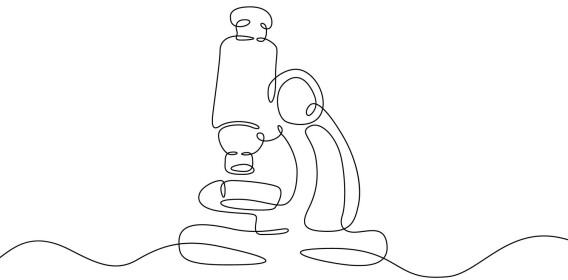
Subscribe to our newsletter
The latest news from Science Norway, sent twice a week and completely free.







